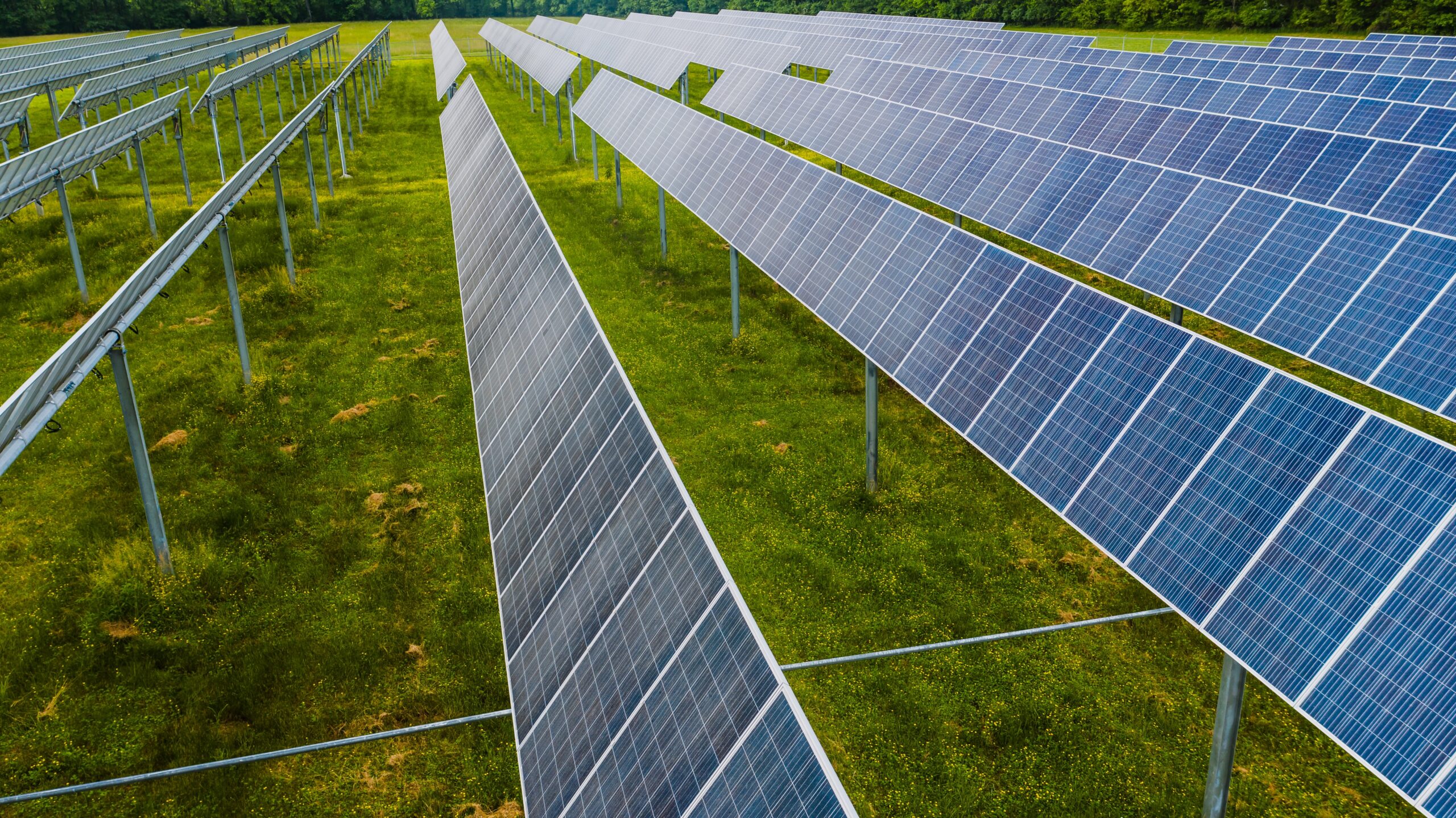Welcome to our exploration into the history of solar energy! It’s amazing to think that something so commonplace in modern society has been around for centuries.
You may have heard people talking about how solar energy is a clean and renewable power source, but did you know it’s also one of the oldest forms of energy known?
Today we’ll discuss when and where solar energy was invented, how was solar energy invented, what early inventions were powered by this natural resource, and why it’s become more popular over time. So let’s get started on our journey through the history of solar technology!
- 1. Introduction to the History of Solar Energy
- 2. Where and When Was Solar Energy Invented?
- 3. Examples of Early Solar Technology
- 4. How Has Solar Technology Evolved Over Time?
- 5. What Are Some Modern Uses for Solar Power?
- 6. Benefits of Using Renewable Energy Sources Like Solar Power
- 7. Conclusion: A Bright Future Ahead For Solar Energy
1. Introduction to the History of Solar Energy
Solar energy is the oldest form of renewable energy, dating back centuries to when it was first harnessed by humans. Solar power has been used for a variety of applications such as heating water, creating steam for industrial processes and even powering homes.
In modern times, solar energy technology has advanced significantly and continues to be an important source of renewable power around the world.
2. Where and When Was Solar Energy Invented?
Solar energy was first discovered in 1839 by Alexandre Edmond Becquerel. He found that when a piece of selenium was exposed to light, it produced an electrical current.
This discovery is what eventually led to the development and use of photovoltaic cells which convert sunlight into electricity. Solar energy has since been used for a variety of different applications such as solar powered cars and homes, water heating systems, and more.
3. Examples of Early Solar Technology
Early solar technology dates back to 1839 when French scientist Alexandre Edmond Becquerel observed the photovoltaic effect.
From there, in 1883 Charles Fritts created the world’s first solar cell using selenium wafers and then in 1954 Bell Laboratories developed a silicon-based photovoltaic cell. This marked the beginning of modern solar energy production as we know it today.
4. How Has Solar Technology Evolved Over Time?
Solar technology has come a long way since its inception. Initially, solar energy was used for heating and water pumping purposes but now it is possible to generate electricity with photovoltaic cells.
Solar panels have become more efficient over time as well; they are able to convert up to 30% of sunlight into usable energy today, compared to less than 10% in the early years.
Additionally, there have been advancements in battery storage technologies that enable solar power plants to store excess energy produced during peak production hours so they can be used when needed later on.
5. What Are Some Modern Uses for Solar Power?
Solar power is becoming increasingly popular as a reliable and renewable energy source.
Modern uses for solar power include heating water, generating electricity, powering outdoor lighting systems, running appliances such as air conditioners and fans, charging batteries in cars and boats, providing hot showers at campgrounds or recreational sites, powering telecom towers in remote locations and much more!
Solar technology has come a long way over the last few decades – making it an attractive option to reduce your carbon footprint.
6. Benefits of Using Renewable Energy Sources Like Solar Power
The use of renewable energy sources like solar power is becoming increasingly popular in many countries. Solar power has a number of benefits, including being clean, efficient and cost-effective.
It also helps reduce reliance on fossil fuels which emit greenhouse gases that contribute to climate change. In addition to this, solar energy can be used in remote areas where there are no other electricity options and it is readily available across the world due to its abundance of sunlight.
Overall, using renewable energy sources like solar power can help create a more sustainable future for generations to come!
7. Conclusion: A Bright Future Ahead For Solar Energy
Solar energy is becoming an increasingly viable source of renewable energy, with developments in technology and cost reductions making it more accessible to a greater number of people.
While there are still many challenges that need to be addressed in order for solar energy to become the primary source of power generation, the future looks bright and encouraging.
Solar has come a long way from its beginnings as a niche market; with new innovations just around the corner, we can look forward to a future powered by clean and sustainable sources like solar.
If you found this article insightful, you should absolutely check out other articles on how you can use the solar energy effectively for various purposes (homes, vehicles, etc.).
